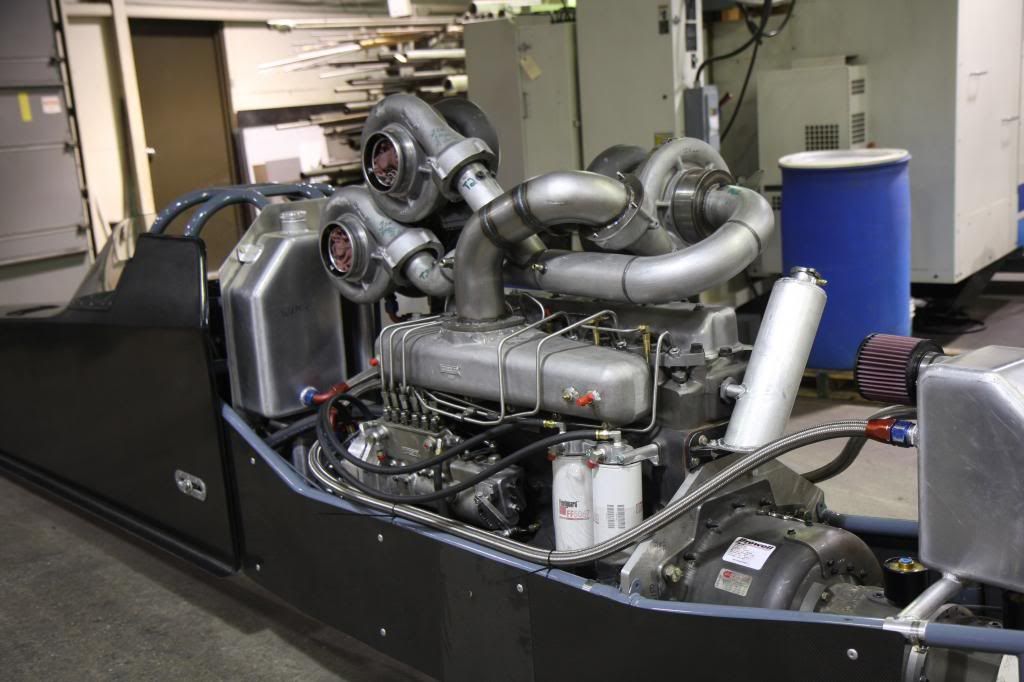nwpadmax
Turbo Geek
Just to really throw a wrench in it, in a promod car it is almost exclusively 4" piping and they run low to mid 50's psi of boost.
10-4, that's what I thought I had seen in the pics, just went conservative on the post. That's gotta be 5-10X the CID then.
And with the others, I'm not sure the increased volume helps keep the charger out of surge just by itself. Thinking in terms of a compressor map, you're just driving the mass flow to the left into surge. If the engine is swallowing less mass, it doesn't matter how big or small the plenum behind it is, IMO - of course assuming the air density and VE aren't changing dramatically at the same exact time.

